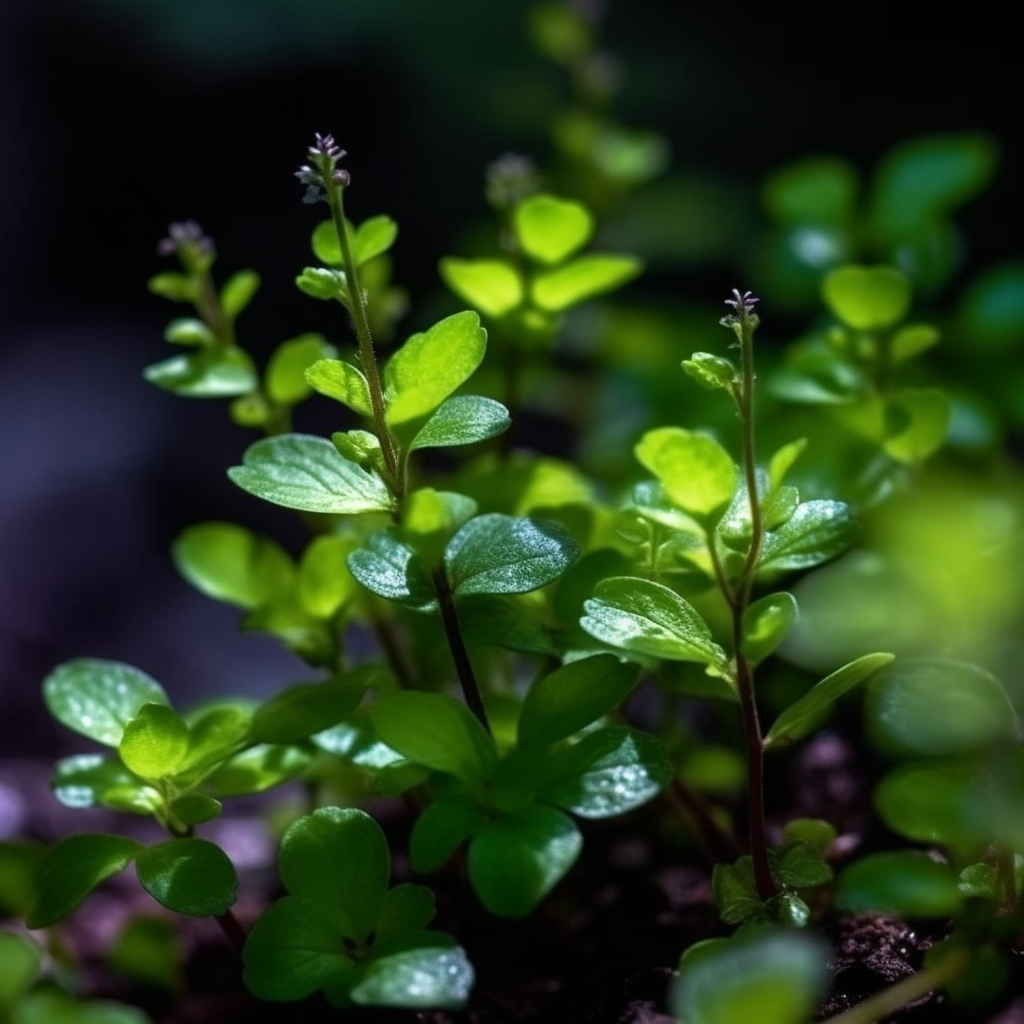Story of Day :
Contents
The Huckleberry Plant: A Complete Guide and Care Tips
Gardening is a hobby that has been around for centuries. It is not only an excellent way to relax, but it also allows you to get in touch with nature. One of the plants that have gained popularity among gardeners lately is the huckleberry plant. The huckleberry plant belongs to the family Ericaceae, and it thrives in acidic soil conditions.
What are Huckleberries?
Huckleberries are small, round fruits that resemble blueberries in size and shape. They grow on bushes that can reach up to six feet tall and produce berries from July through September.
Types of Huckleberries

- Vaccinium ovatum: This type of huckleberry is native to the Pacific Northwest region of North America. It has large leaves and produces dark purple-black berries.
- Vaccinium parvifolium: This species can be found throughout western North America, from Alaska down into California. Its fruit ranges from deep maroon to bright red when ripe.
- Vaccinium membranaceum: Also known as black huckleberry or thin-leaved huckleberry, this species occurs naturally throughout western North America’s mountainous regions.
Care Tips for Growing Huckleberries
If you’re thinking about growing your own huckleberries at home, there are a few things you should know before getting started:
- Selecting Soil: As mentioned earlier, these plants thrive in acidic soil conditions (between 4-5 pH). You’ll need well-draining soil mixed with peat moss and/or organic matter if your soil pH is higher than 5. Huckleberries prefer a slightly sandy loam soil that’s moist but not waterlogged.
- Lighting: Most huckleberry plants require full sun to thrive, but they can tolerate partial shade. However, the more sunlight they receive, the better their berries’ quality and yield will be.
- Irrigation: Huckleberry plants need consistent moisture in their roots to grow well. You should aim to water them once or twice a week, depending on how dry or humid your climate is.
- Fertilization: These plants don’t require much fertilization; just add some compost or slow-release fertilizer when planting them. Avoid excess nitrogen fertilizers as it’ll encourage leafy growth over berry production.
Pests and Diseases
Huckleberry plants are generally resilient against pests and diseases. However, some of the common issues you might encounter include:
- Mites: Tiny spider-like creatures that feed on plant sap by piercing leaves’ surfaces can cause discoloration and distortion of leaves over time.
- Sawfly larvae: Small caterpillar-like larvae that eat holes in leaves can destroy young shoots completely if left unchecked.
If you notice these pests or signs of disease like powdery mildew (white coating), remove any affected parts immediately to prevent further spread. You may also use insecticidal soap for mite infestations under close supervision while avoiding spraying during hot weather conditions since this could damage foliage further.
The Benefits of Growing Huckleberries
Growing huckleberries can be an excellent addition to your garden or a sustainable food source. Here are some additional benefits:
- Nutritional value: Huckleberries are packed with nutrients and antioxidants that help boost your immune system and lower the risk of chronic diseases.
- Culinary uses: You can use huckleberries in a wide range of dishes, from pies and jams to smoothies, sauces, and salads.
- Ornamental appeal: Huckleberry plants have gorgeous green foliage that turns reddish-orange in the fall, presenting a beautiful sight to behold in any garden.
In Conclusion
Growing huckleberry plants is relatively easy if you follow proper care tips like selecting acidic soil conditions, providing enough sunlight & water. Being vigilant against pests will help ensure successful growth without compromising on quality & yield. Overall huckleberry plants offer several benefits and make for an excellent addition to any home garden.
